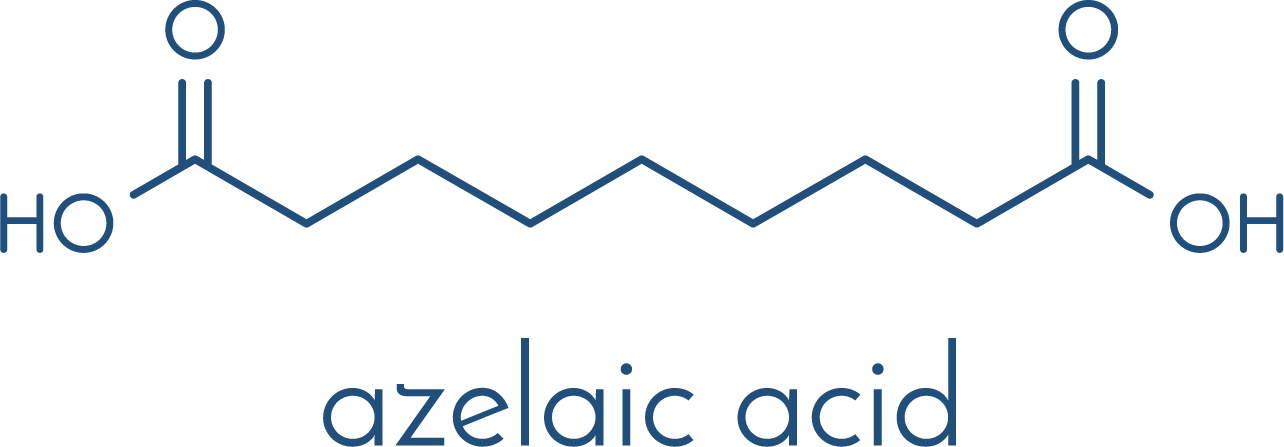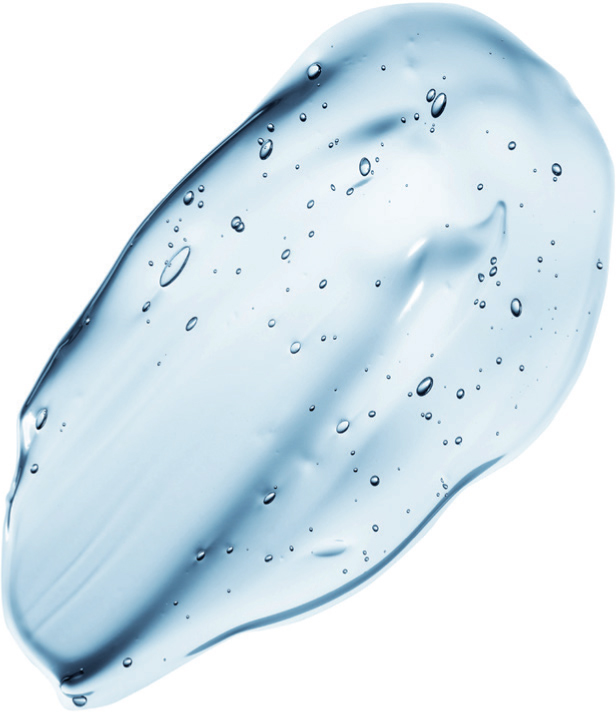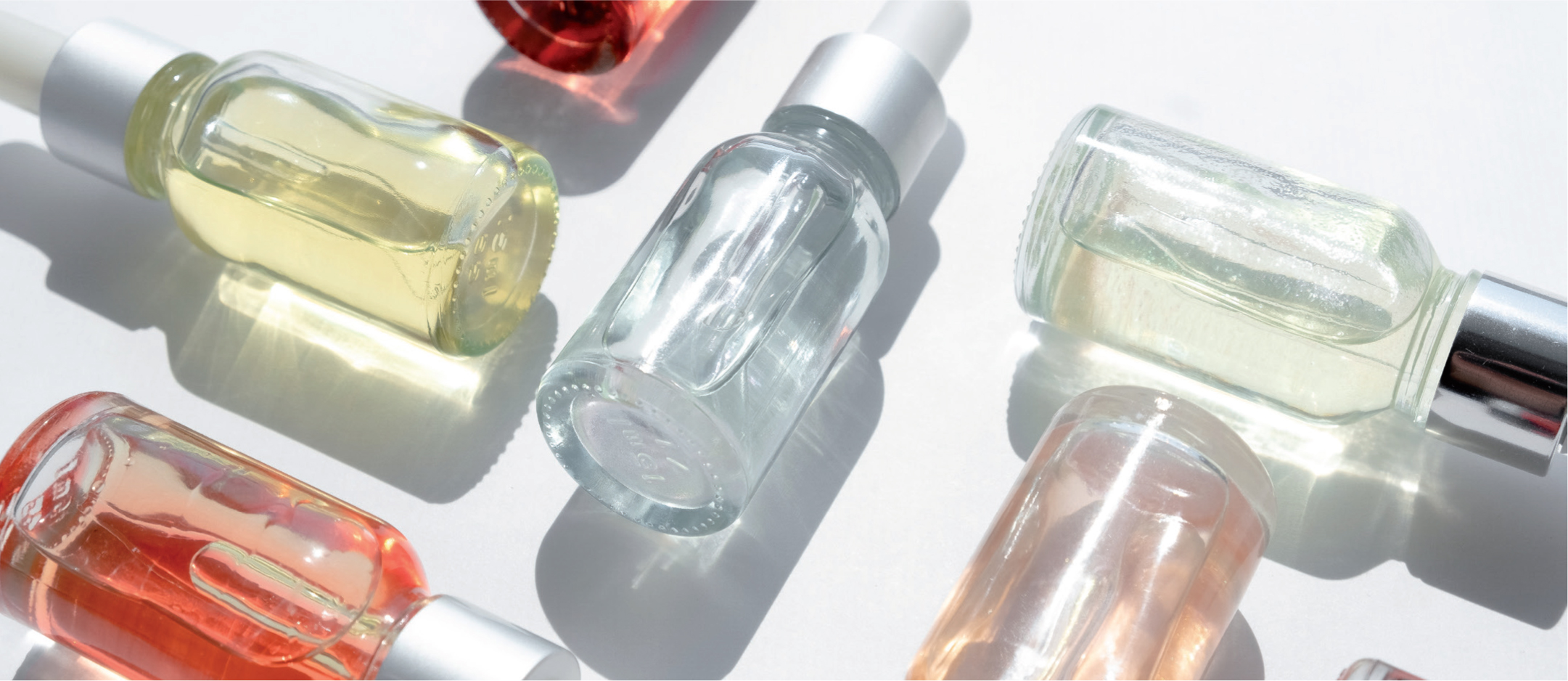


Azelaic acid is a saturated dicarboxylic acid found naturally in wheat, rye and barley (Del Rosso and James, 2006). Azelaic acid is industrially produced by the ozonolysis of oleic acid (Brenna et al, 2020). It is also produced by Malassezia furfur, also known as Pityrosporum ovale, which is a species of fungus that is normally found on human skin (Bethesda, 2004).
Meet the author
Cigdem Kemal Yilmaz is a chemical engineer, skincare formulator, skincare science educator and founder of Skin Masterclass. She graduated with a master's degree in chemical engineering from the University of Bath and created a CPD-certified skincare education and consultation platform Skin Masterclass for skin professionals looking to upskill their knowledge and scale their skincare consultation business.
Azelaic acid is included in a variety of cosmetic skincare products including gels, creams, lotions and serums. It can be used in mono or combination therapies as leave-on products in higher concentrations of 15-20% that are ideal for the treatment of acne. At a concentration of 10-15%, it is a great maintenance ingredient for skin with acne, sensitivity and pigmentation tendency (OTC).
Benefits to the skin
Due to diverse mechanisms of action that correlate with potential therapeutic benefit, azelaic acid has been used to treat several common dermatoses including acne vulgaris (Vargas-Diez, 2014), perioral dermatitis (Jansen, 2024), inflammatory rosacea (Wirth et al, 2017), melasma (Breathnach, 1996), and post-inflammatory hyperpigmentation (Taylor et al, 2023). Patients start seeing results from 4 weeks onwards and it is recommended to be used for a minimum of 6 months in order to see maximum therapeutic properties for acne.
Mechanism of action
Acne and inflammatory pigmentation
Azelaic acid manifests its antibacterial effects by inhibiting the synthesis of cellular protein in anaerobic and aerobic bacteria, especially Staphylococcus epidermidis and c.acnes (Bethesda, 2004). It helps scavenge reactive oxygen species, reduces expression of kallikrein-5 (KLK-5) and pro-inflammatory cathelicidins like LL-37, as well as inhibits the membrane protein, TLR-2. TLR-2 over-activity plays a role in the pathogenesis of acne (Gollnick and Layton, 2008; Del Rosso and Bhatia, 2011). In aerobic bacteria, bacteria that can grow in oxygen present environment, azelaic acid reversibly inhibits several oxidoreductive enzymes including tyrosinase, mitochondrial enzymes of the respiratory chain, thioredoxin reductase, 5-alpha-reductase, and DNA polymerases (Bethesda, 2004). In anaerobic bacteria, bacteria that grows in oxygen deficient environment, azelaic acid impedes glycolysis (Sauer et al, 2023). Along with these actions, azelaic acid also improves acne vulgaris by normalising the keratin process and decreasing microcomedo formation (Sauer et al, 2023).
Additionally, azelaic acid is found to be effective against both inflamed and non-inflamed lesions (Webster, 2000). Specifically, azelaic acid reduces the thickness of the stratum corneum, shrinks keratohyalin granules by reducing the amount and distribution of filaggrin (a component of keratohyalin) in epidermal layers, and lowers the number of keratohyalin granules. Keratohyalin is a protein structure found in cytoplasmic granules of the keratinocytes in the stratum granulosum (granular later) of the epidermis (Drugbank, 2024).
Ingredient layering
Azelaic acid works well with almost all active ingredients such as salicylic acid, zinc, sulfur, copper, calendula, anti-microbial peptides, AHA's and PHA's. Avoid using alcoholic cleansers, tinctures and astringents, or abrasives and peeling agents with foam or gel to prevent extra skin irritation.
Delivery system
Topical application of 1g of 20% azelaic acid cream yielded an estimated percutaneous absorption (term that is most often used in reference to the passage of drugs through the skin), of about 3%. Therefore, low dermal absorption diminishes its therapeutic effectiveness. The aim of the delivery system is to improve the absorption without causing the irritation.
- Azelaic acid-loaded poly(lactide-co-glycolide) PLGA nanoparticles indicate a potential formulation for controlled release delivery of azelaic acid to the follicular unit (Pinto Reis et al, 2012)
- Encapsulated ethosomal formulations of azelaic acid were successfully prepared, optimised and evaluated. Thin film hydration method exhibited good results in terms of % entrapment efficiency, % drug diffused, confirming that the ethosomal formulation is an efficient vesicular carrier system for topical delivery of azelaic acid (Mistry and Ravikumar, 2016).
- The microemulsion (ME) with the highest droplet diffusion coefficient and the lowest surfactant/co-surfactant ratio was the best ME for azelaic acid delivery into the follicular pathway. (Salimi et al, 2020)
- Developed nano lipid carriers have enormous potential to improve the penetration of the azelaic acid through stratum corneum with utmost retention in the skin which is the pre-requisite for the topically applied formulations for the management of skin diseases and the avoidance of systemic adverse effects associated with its usage. (Kumari et al, 2015)



Conclusion
Azelaic acid provides an effective and tolerable option for patients and healthcare professionals when treating indications such as acne vulgaris, and inflammatory pigmentation concerns with effective outcomes.



